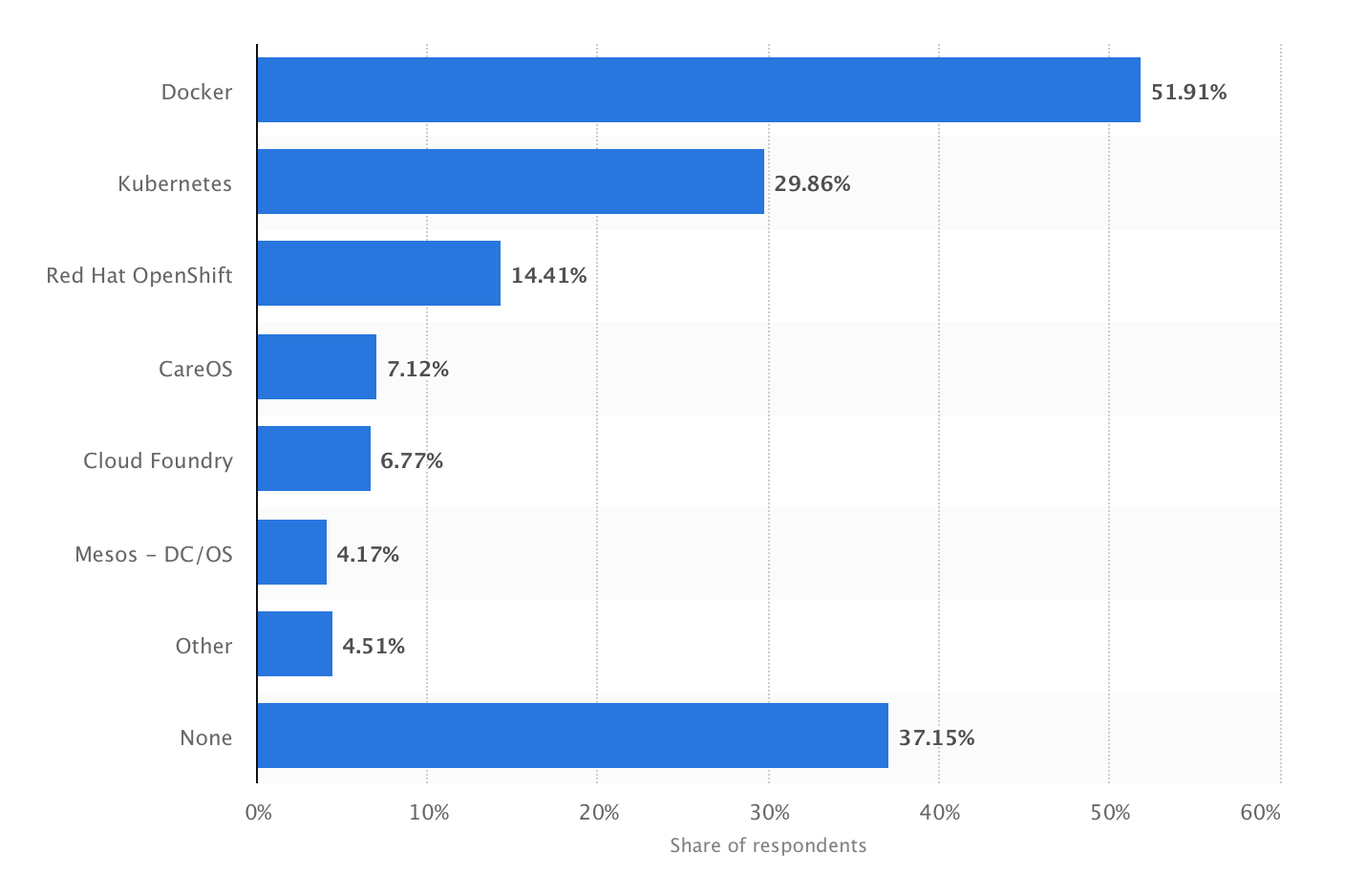
Microservices and containerisation: 4 things every IT manager needs to know
The popularity of microservices and containerisation has exploded in recent years, with 60 percent of businesses already adopting the technology in one form or another. And the trend shows no signs of slowing down.
In fact, since the take-off of Docker in 2013, containerisation and microservices have been reinventing the IT landscape, becoming one of the most sought-after tools for digital transformation.
But, as with any new technology, it’s important to look beyond the hype.
What are microservices and containerisation?
Containerisation is a method of virtualisation that separates applications and services at the operating level. Unlike hypervisor virtualisation, these containers aren’t split from the rest of your architecture, but instead share the same operating system kernel.
Microservices use containerisation to deliver smaller, single-function modules, which work in tandem to create more agile, scalable applications. Due to this approach, there is no need to build and deploy an entirely new software version every time you change or scale a specific function.
Deploying containerisation in your business
When it comes to making containerisation and microservices a business reality, there are a few key points every IT manager needs to know.
1. Docker and Kubernetes are the market leaders
Since its conception, Docker has become synonymous with the containerisation industry. As of 2018, more than half of IT leaders said they ran Docker container technology in their organisations.

In second place was Kubernetes - the container orchestration platform. Together, these technologies are revolutionising microservices and overseeing its rise as a viable replacement for traditional, monolithic infrastructures.
2. Containerization is the natural successor to virtualization
No one can deny the impact that virtual machines have had on IT but containerisation gives developers a new, more flexible, born-in-the-cloud and potentially more cost-effective way to build applications.
This allows application developers to respond faster to changing market needs and growing
Containerisation builds on the foundation virtualisation has laid by further optimising the use of hardware resources. As a result, IT managers and developers can now make changes to isolated workloads and components, without making significant changes to the application code.
3. Portability and consistency are the main drivers
Ever since it first arrived on the IT scene, containerisation has been integral to the DevOps movement. Its design makes it possible to move application components and workloads between a range of environments, from in-house servers to public cloud platforms.
Remaining infrastructure agnostic gives microservices the edge over traditional application delivery methods, as there is little need for configuration or code changes when porting services. Software quality also becomes far more consistent when you use containerisation, ultimately leading to faster development cycles.
4. Orchestration makes all the difference
With a greater number of moving parts comes the potential for greater friction. While microservices are designed to streamline the delivery of applications and workloads, they still need some level of man-management.
Often, organisations don’t see the full benefit of microservice adoption because they’re still running containers inside traditional VMs. This is like freeing a bird from its cage, but never letting it leave the house.
To gain the most benefits from containerisation, your applications need the freedom to move around your entire estate – no matter how many environments it spans. This is where an orchestration tool, such as Kubernetes, becomes essential.
Microservices are no small matter
If you want to understand the true power of containerisation, look no further than Netflix. The company’s transition from a monolithic infrastructure to cloud microservices has become a core part of the recent technology canon.
But they couldn’t have done it without the right tools and processes.
In many cases, poorly implemented containerisation software can lead to more complexity and technical debt. Just as workforce expansion can result in increased HR involvement, transitioning to microservices requires the same level of professional support.
To find out how we get things done, check out Nordcloud’s approach to DevOps and agile application delivery.
Feel free to contact us if you need help in planning or executing your container workload.
Get in Touch.
Let’s discuss how we can help with your cloud journey. Our experts are standing by to talk about your migration, modernisation, development and skills challenges.
